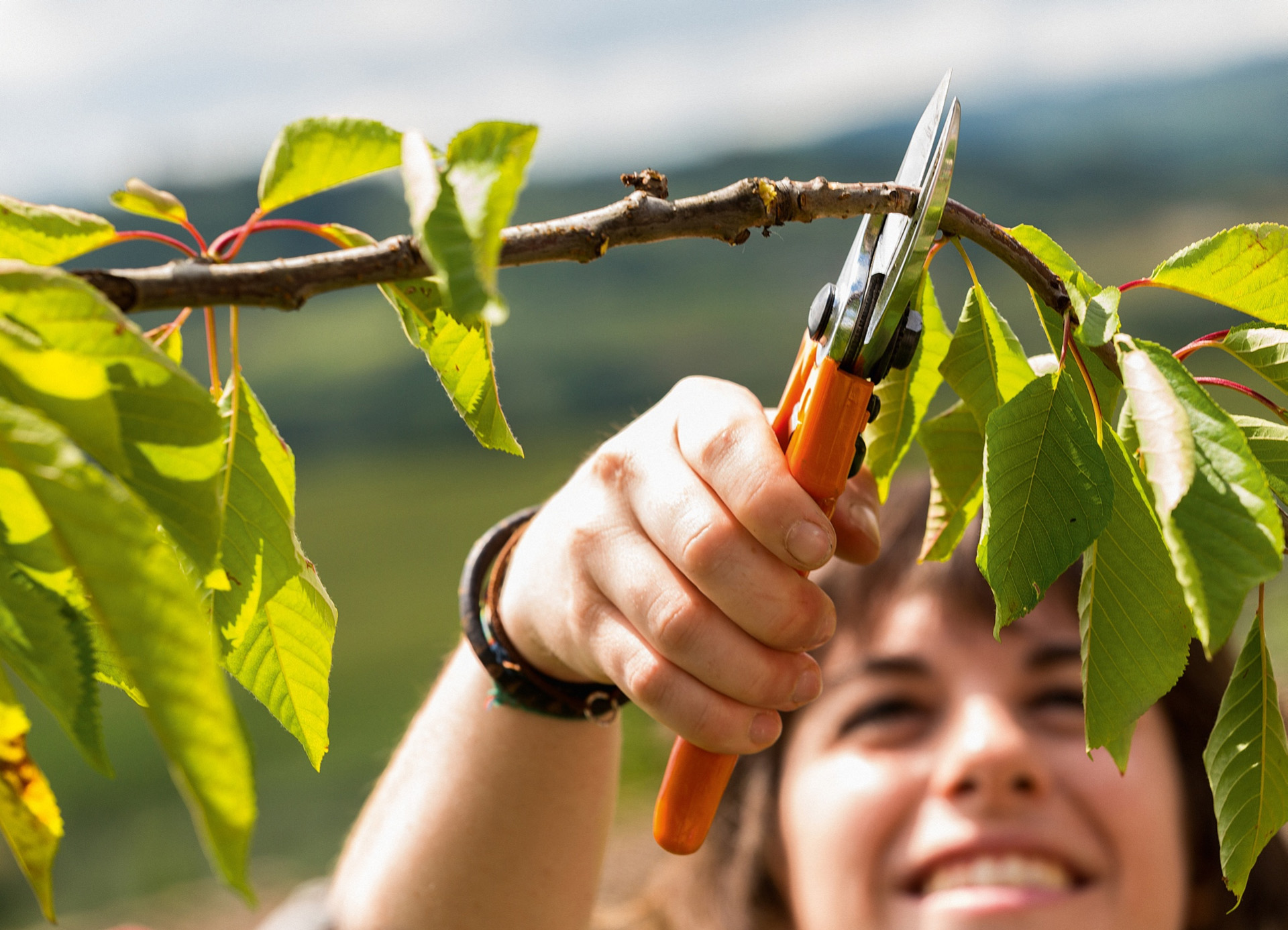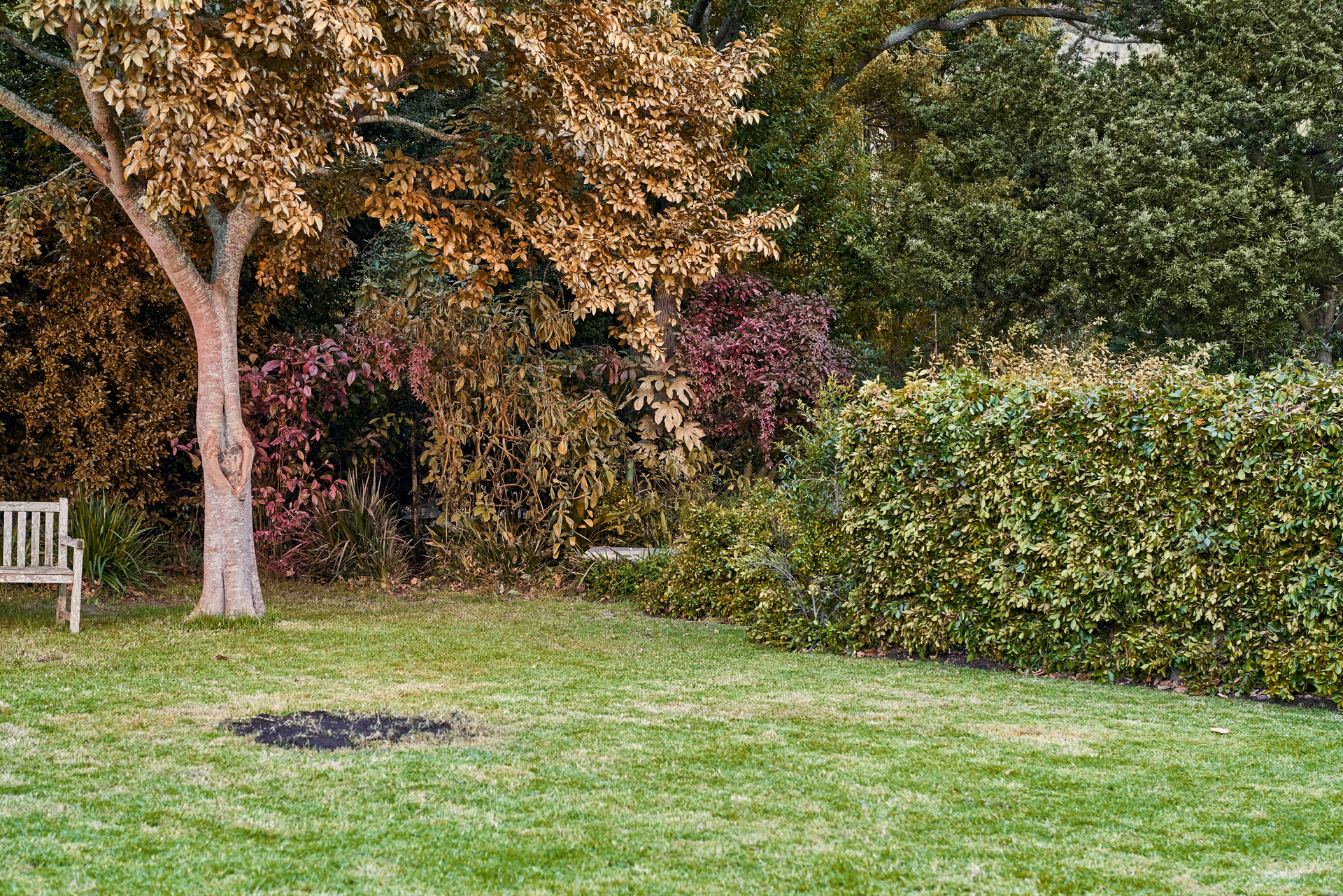STIHL tip
When shaping your beech hedge, you can use some stretched twine as a guide to trim the plant into trapezoidal shape – slimmer at the top, wider at the bottom. This shape ensures your beech hedge gets enough sunlight and helps prevent snow breakages in the winter.
Cutting like this will make your beech hedge grow dense and helps produce a compact, tidy appearance.











